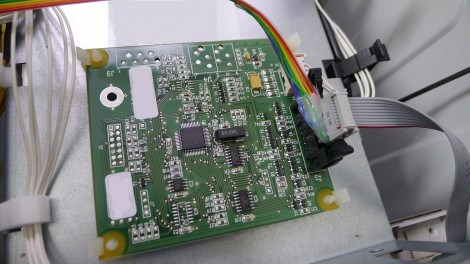If you have a finished project you’re now bored with, here’s Tindie. It’s a one-man operation headed b [emile] that hopes to connect makers with people who think DIY projects are really cool and have money.
There are already a few websites that cater to the builder who wants to sell projects: Kickstarter for one, but this is based on the concept of campaigns. Tindie aims to be a techie etsy, according to [emile]’s market research post on reddit; a places for makers with a soldering iron to sell stuff, but who are baffled by the concept of knitting.
Right now there’s nothing to buy on Tindie – [emile] is looking for hackers to sell their projects so the store doesn’t launch with an empty stockroom. If you’ve got an old project sitting on your shelf that you’d like to sell, put it up. [emile] is only taking 5% of the sales – just enough to pay for the hosting. Hopefully it will be popular enough for the eventual Tindie/regretsy blog.

















